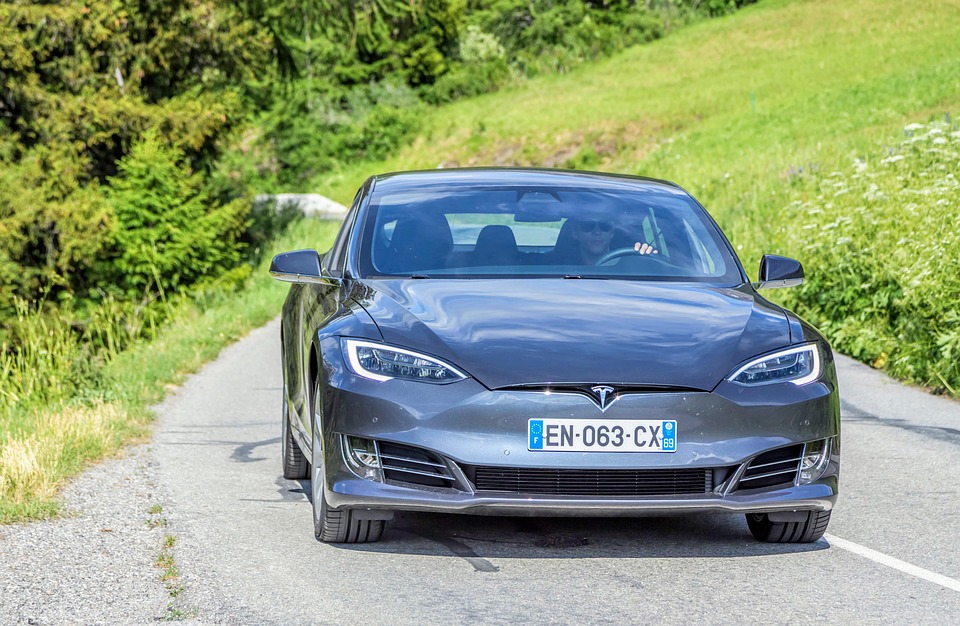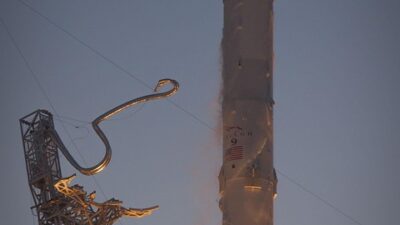As the world pivots toward a more automated future, few names resonate as prominently as Tesla. Renowned for its electric vehicles, the company has made significant strides in self-driving technology. With its ambitious vision of full autonomy, Tesla is not just transforming how we think about transportation; it is reshaping the very fabric of mobility. This article delves into Tesla’s self-driving technology, exploring its current capabilities, future aspirations, challenges faced, and its broader implications for society.
Current Capabilities
Tesla’s autonomous driving features come primarily through its "Autopilot" system and the advanced "Full Self-Driving" (FSD) package. These features utilize a sophisticated blend of hardware and software, leveraging cameras, radar, and ultrasonic sensors to navigate the environment.
Autopilot
Autopilot is Tesla’s foundational driver-assistance system. It offers functionalities such as adaptive cruise control, lane-keeping, and traffic-aware cruise control. While Autopilot can significantly reduce driver workload, it requires constant supervision, as it is classified as Level 2 automation—meaning the driver must remain actively engaged.
Full Self-Driving (FSD)
The FSD package takes capabilities a step further, with features designed for urban navigation, traffic light recognition, automatic lane changes, and navigating complex intersections. Tesla continuously updates FSD through over-the-air software updates, allowing vehicles to improve and evolve without significant hardware changes.
The Vision of Full Autonomy
Elon Musk, Tesla’s CEO, has repeatedly expressed his ambition to achieve full autonomy—Level 5, where vehicles can operate without any human intervention. The ultimate goal is to produce a fleet of self-driving taxis that could drastically reduce the need for personal vehicle ownership and reimagine urban mobility.
AI and Neural Networks
At the heart of Tesla’s self-driving capabilities is its advanced AI. Tesla’s vehicles collect vast amounts of data from their driving experiences, training neural networks to recognize and react to real-world conditions. This constant learning process aims to increase the system’s reliability and accuracy, gradually moving closer to full autonomy.
Challenges Ahead
While the potential of Tesla’s self-driving technology is immense, the journey to full autonomy is fraught with challenges.
Regulatory Hurdles
One of the biggest obstacles is navigating the intricate web of regulations governing autonomous vehicles. Different countries and regions have varying laws, and regulatory authorities are often cautious in approving fully autonomous technologies for public road use. Tesla will need to work closely with policymakers to create a framework that ensures safety without stifling innovation.
Safety and Reliability
Safety remains a paramount concern. High-profile accidents involving Tesla’s Autopilot feature have raised questions about the reliability of the technology. Comprehensive testing, public transparency, and continuous refinement will be crucial to address these concerns and instill public faith in self-driving systems.
Ethical Considerations
The development of self-driving technology also opens up ethical dilemmas. How should a self-driving car make decisions in life-and-death scenarios? These questions are complex and require multidisciplinary input from ethics, law, and technology experts.
Broader Implications for Society
The successful deployment of full self-driving technology could have transformative effects on society.
Urban Transformation
Imagine cities where vehicles can travel more efficiently, reducing traffic congestion and the need for extensive parking spaces. This could lead to more green spaces, enhanced public transport systems, and a reimagined urban infrastructure.
Economic Impacts
The proliferation of autonomous vehicles could disrupt numerous industries, from freight and logistics to insurance. Many jobs may be at risk, particularly in driving professions, necessitating strategies for workforce transition and retraining.
Environmental Benefits
Tesla’s focus on electric vehicles means that their autonomous future could also align with sustainability goals. Reduced traffic would not only enhance air quality but could contribute to energy savings as vehicles communicate and optimize their routes.
Conclusion
Tesla’s self-driving technology stands at the forefront of a new era in mobility. While the road to full autonomy is riddled with challenges, the potential benefits for individuals, cities, and the environment are significant. As Tesla and other players in the automotive industry continue to innovate, the future of autonomy promises to redefine how we move, interact, and exist within our cities and beyond. The journey is just beginning, and the fully autonomous future, once a distant dream, is increasingly within reach.



